What Car? is calling on the Government to radically change the drink-driving law, reducing the limit to effectively zero, after research revealed the difficulty in judging drink-drive limits.
What Car? used a driving simulator at the Transport Research Laboratory to measure four adults’ reactions when ‘driving’ under the influence of alcohol. While reaction times slowed by 8% at the current legal limit of 80mg/100ml of blood, what was most alarming was the different amounts of alcohol required to get the individuals to that level. One tester needed an alarming 12 shots of vodka to reach the legal drink-drive limit.
What Car?’s research follows official figures that show a 14% rise in positive breath tests between December 1, 2010, and January 1, 2011, alongside a 24% reduction in tests carried out over the same period. Drivers are clearly confused by the contradiction of the Government’s ‘don’t drink and drive’ message and the presence of a law that allows them to drink ‘some’ alcohol before driving.
In a whatcar.com poll, 50% of respondents still drive their car after drinking, and 10% do so after the equivalent of two or more pints of beer.
“Most people have a rough idea of what the drink-drive limit is, but no accurate understanding of how much alcohol they can drink and still be legally fit to,” said Steve Fowler, What Car?’s editor-in-chief. “The simple solution is to cut the drink-drive limit to effectively zero, to cut out any confusion and to reduce the number of accidents and deaths as a result of drink-driving.”
“The current law was introduced almost half a century ago and really needs to be reviewed. An effectively zero limit of 20mg/100ml of blood level removes the possibility of alcohol in food or medication taking you over the legal limit, but does not allow the drinking of alcohol. We invite concerned parties to sign our petition, which we will present to the Department for Transport to illustrate the wealth of public concern.”
What Car’s research was carried out at TRL (Transport Research Laboratory) using one of to test how much alcohol would render motorists over the limit, and what the effect of that alcohol was.
Four volunteers drove the simulator without alcohol over a 10-minute route, then drank vodka and mixers until breath tests confirmed that they had 50mg/100ml in their blood streams, after which they were assessed again. On average, their reactions were 3% slower.






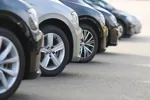
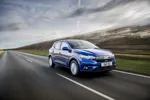
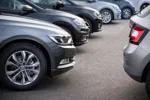
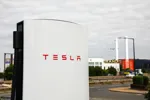


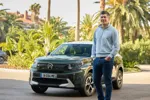
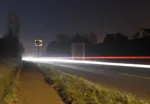
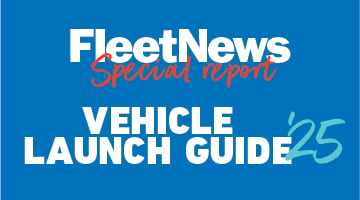

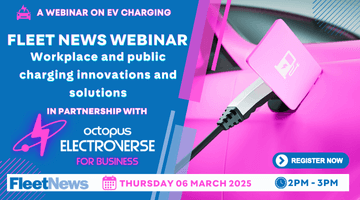

free - 14/03/2011 11:15
Yet again pressure groups try to tar everybody with the same brush by trying to prevent the great majority of sensible citizens that drink within not only the official limit but their own limit from enjoying a social drink away from their homes.If you instigate a no drink and drive limit you need to point out to everybody that this is effectively a no drink at anytime policy if you drive as any drink the night before in your own home could put you over the limit the next day. This over the top policy is equivalent to thinking that if you banned sex then there would be no rapes.